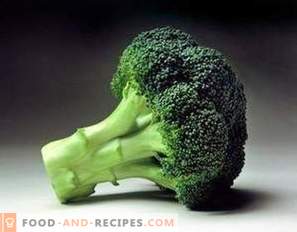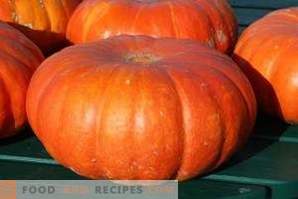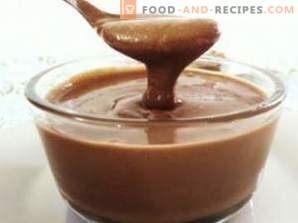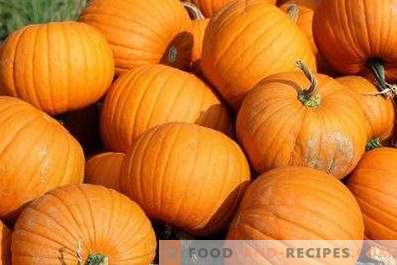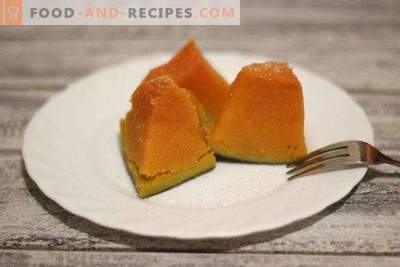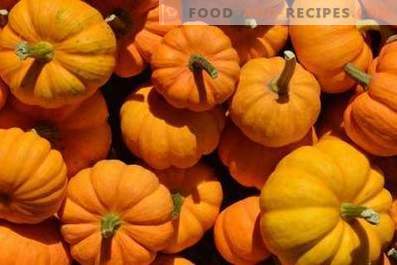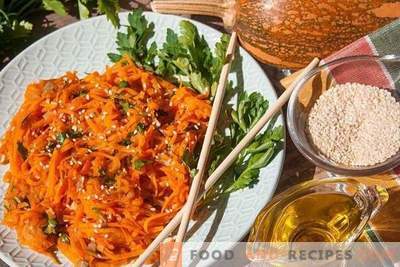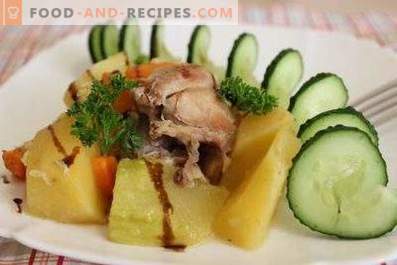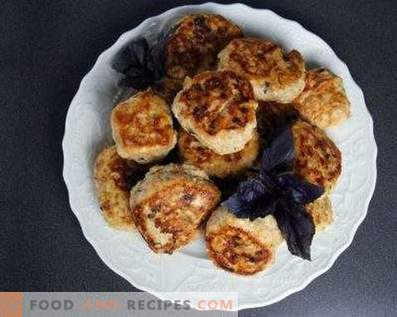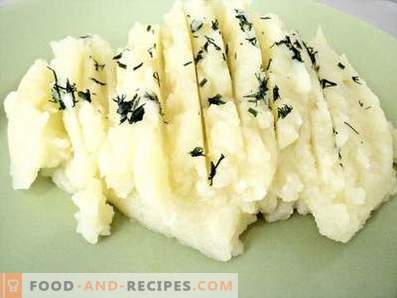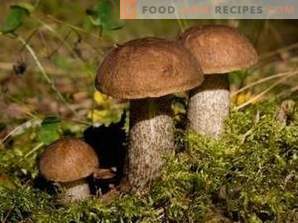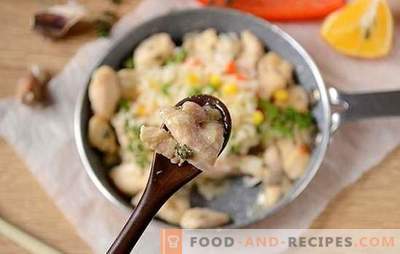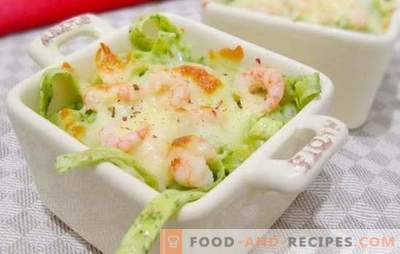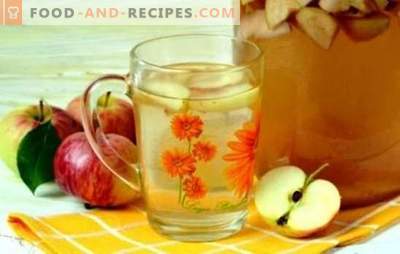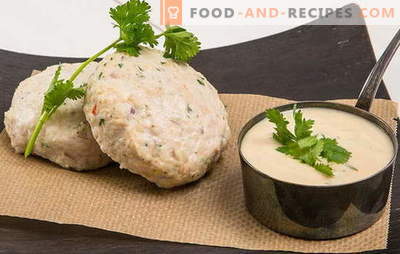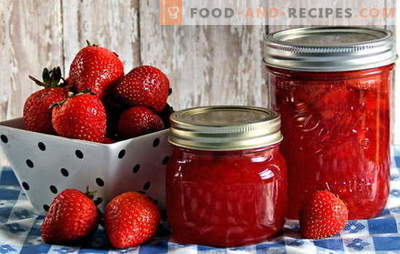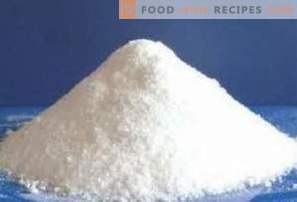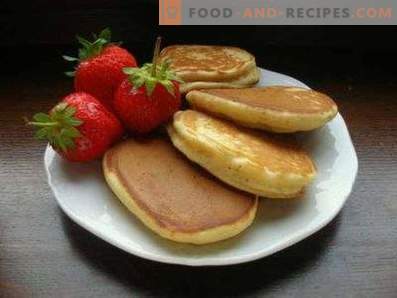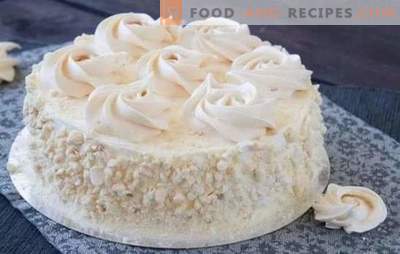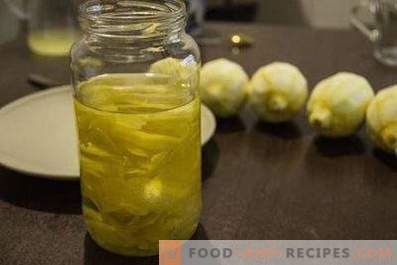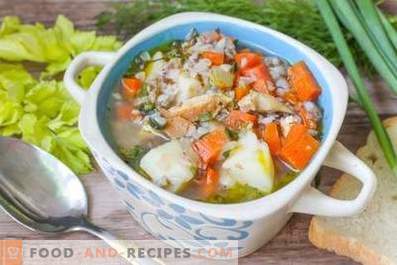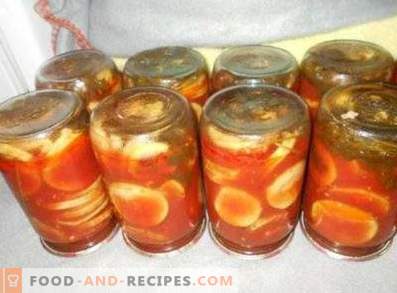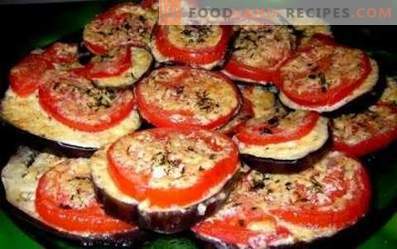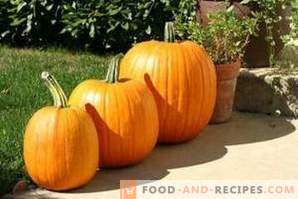
Autumn time pumpkin. Oh, how useful this gift of nature many do not even suspect. Run faster to the vegetable tent for this red beauty, because it will bring a lot of good to your health. Moms of young children should free up space in the freezer to keep the pumpkin for the winter, or it can be cut into slices and left on the open balcony in a bag - it is well kept at low temperatures, and then in natural frost.
They make delicious porridges from the pumpkin, make muffins and stews, squeeze out juice, and use seeds.
Pumpkin, or as it is also called garbuz, is a good prevention of such a serious kidney disease as pyelonephritis. Regular consumption of pumpkin helps to reduce the level of protein in the urine, support the kidneys and prevent them from inflaming.
It is useful to eat pumpkin and people suffering from high blood pressure. In hypertensive patients, the pumpkin should be on the weekly menu list.
Since pumpkin contains a lot of vitamin A, which is responsible for tissue regeneration, this vegetable helps to heal wounds, ulcers and burns. The truth is that you don’t need to eat it - the pumpkin is rubbed on a fine grater and applied as a compress to the damaged skin area. And inside it can be used for the prevention of gastritis and gastric ulcer. Also, pumpkin helps to normalize the gastrointestinal tract, removes toxins, slags and harmful cholesterol. To better begin to understand all the benefits of pumpkin, it is enough to study its nutritional composition, and it will be worthy in any form - raw, boiled, baked.
How many calories in a pumpkin
In 100 grams of raw pumpkin only 22 calories, which gives reason to write pumpkin in the category of dietary products. This protein contains 1 g, fat 0, 1 g, carbohydrates - 4, 4 g, dietary fiber 2 g, organic acids 0, 1 g, water 91, 8 g mono- and disaccharides 4, 2 g, starch - 0, 2 gr, ash 0, 6 gr.
These indicators of raw pumpkin practically do not differ from boiled and baked, provided that the pumpkin is prepared without oil.
Regarding the vitamins contained in raw, boiled and baked pumpkin, the picture is as follows:
- vitamin C - 8 mg
- beta-carotene - 1, 5 mg
- vitamin PP - 0, 7 mg
- vitamin PP - 0.5 mg
- vitamin B5 - 0, 4 mg
- Vitamin E - 0, 4 mg
- vitamin B6 - 0, 1 mg
- vitamin B2 - 0, 06 mg
- Vitamin B1 - 0, 05 mg
- Vitamin A (RE) - 250 µg
- vitamin B9 - 14 mcg
A the content of macro and micro elements is:
- potassium - 204 mg
- copper - 180 mcg
- calcium - 25 mg
- phosphorus - 25 mg
- chlorine - 19 mg
- sulfur - 18 mg
- magnesium - 14 mg
- sodium - 4 mg
- iron - 0, 4 mg
- zinc - 0, 24 mg
- manganese - 0, 04 mg
- fluorine - 86 mcg
- iodine - 1 mcg
- cobalt - 1 mcg


